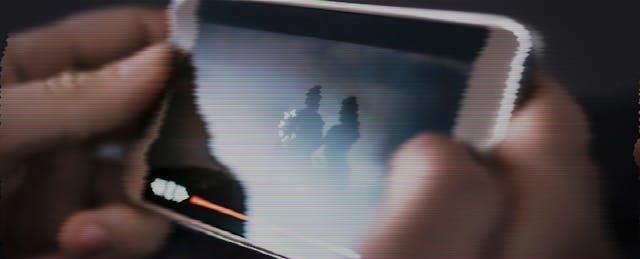Over time, internet access has shifted from an amenity to a necessity. Nothing has illustrated that shift more clearly than the pandemic, which forced school, work and most everything else to become virtual practically overnight. But for the millions of students and families without internet access at home, adapting to the virtual classroom became extremely challenging, if not impossible.
We’ve heard a lot of people talking about the digital divide over the past year, but it existed long before the pandemic. Jackie, a United State of Women Ambassador in Norfolk, Va., was especially concerned about internet accessibility, and she wasn’t alone. According to a report by the Pew Research Center, roughly 31 percent of women have worried about paying their broadband bill during the pandemic.
Every issue is a gender issue, even broadband access.
When Jackie saw that children in her community were caught in the “homework gap”—because they were required to access the internet to participate in school, but didn’t have adequate connectivity at home—she took action. She opened her home to them and started a “Homework House,” where neighborhood children were welcome to enter her home and attend school every day during lockdown.
Jackie’s commitment to support her community by opening her home to young people is honorable, to say the least, but it shouldn’t have to be this way.
Fortunately, for the children and families who don’t have reliable internet access or even a Homework House to go to, help has finally arrived.
The Emergency Connectivity Fund, launched by the Federal Communications Commission this month, is our country’s largest program ever to help students get the internet access they need at home to participate fully in virtual school during this crisis. As part of the American Rescue Plan, and with a budget over $7 billion, Congress directed the FCC to help schools and libraries provide connectivity devices like Wi-Fi hotspots, routers, modems, air cards and other devices and services to students and patrons, so that no matter where they live, no child is left on the wrong side of the digital divide.
What does the Emergency Connectivity Fund mean for the nearly 17 million students caught in the homework gap? It means no child will be left locked out of the online classroom. It means parents won’t have to struggle to find a safe space with internet access for their child to do their homework. It means children won’t have to sit outside fast-food restaurants or in dark parking lots just to get a free Wi-Fi signal.
The hard truth is too many children lack the internet access and speed required to get a fair shot at 21st century success. And after the last year, the FCC is saying enough is enough.
Students need the Emergency Connectivity Fund. Now is the time to spread the word about this program in our communities so that schools and libraries can apply. We encourage anyone interested to go to www.fcc.gov/emergency-connectivity-fund to learn more.
For the children and their families that step into Jackie’s Homework House each day to get online, help is on the way. The Emergency Connectivity Fund will be life-changing for students and community members, just like Jackie’s neighbors, as the country continues to open up safely.


